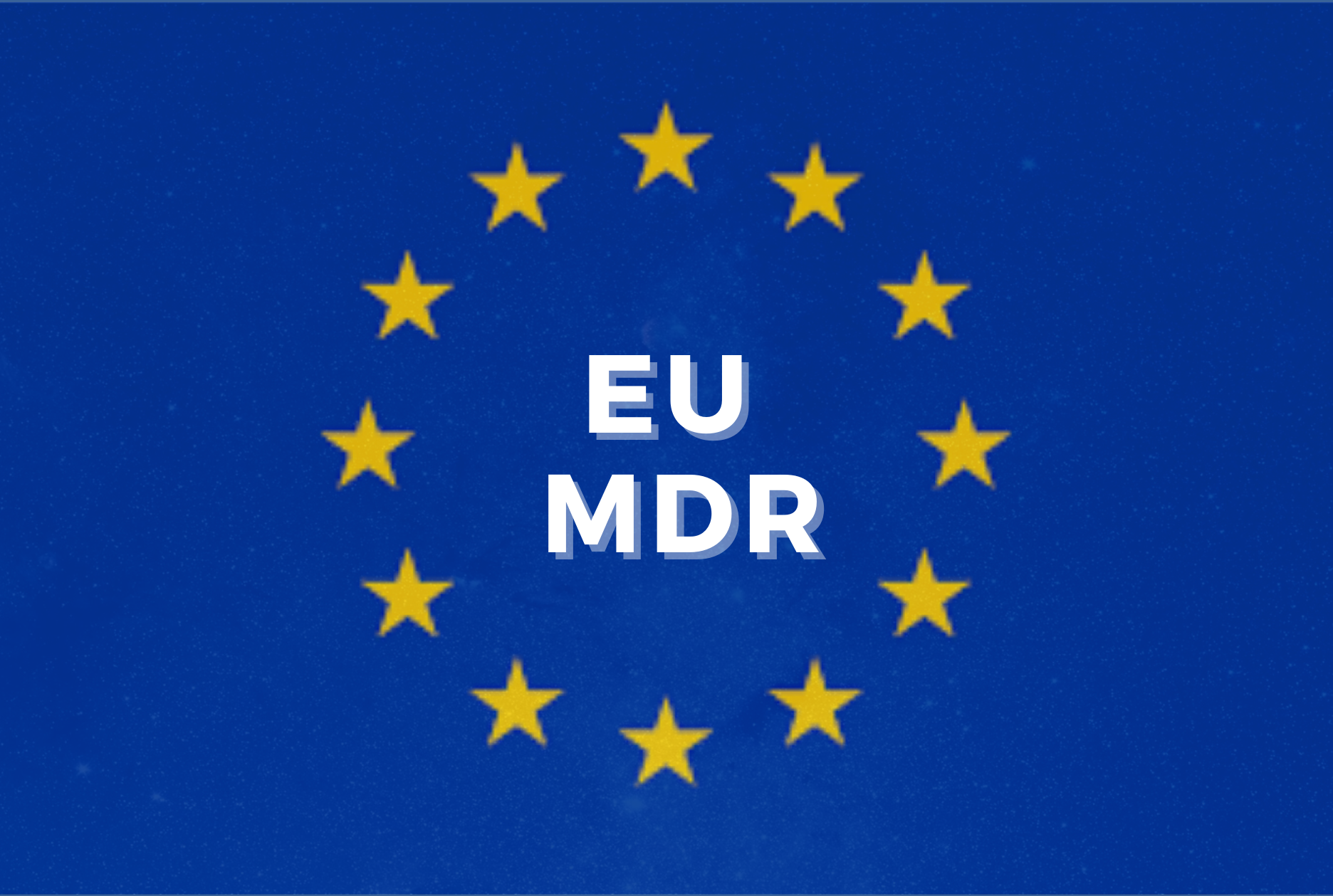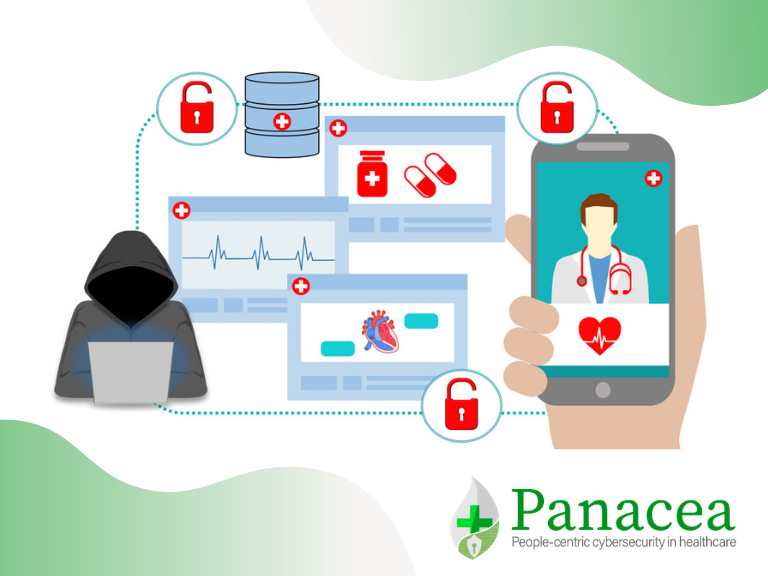The number of cyber-attacks around the world exploded in 2020: exploiting the Covid-19 pandemic as an opportunity for cybercriminals to take advantage of the shift in focus towards smart working and hospital staff transferred to the frontline.
EU Regulations on Medical Devices and In Vitro Diagnostics Medical Devices

The adoption of Regulation (EU) 2017/745 on Medical Devices (MDR) and Regulation (EU) 2017/746 on In-Vitro Diagnostic Devices (IVDR) changes the way medical devices will be regulated. The new regulations aim at ensuring patient’s safety and trust towards the over 500.000 types of currently existing Medical devices and IVDs, which nowadays play a fundamental role in the healthcare domain.
The main reference for the regulations is the Official Journal of the European Union. After a transition period lasting until 2022, these regulations will replace the 3 existing Directives: 1) Council Directive 90/385/EEC on Active Implantable Medical Devices (AIMDD) (1990); 2) Council Directive 93/42/EEC on Medical Devices (MDD) (1993); 3) Directive 98/79/EC of the European Parliament and of the Council on in vitro Diagnostic Medical Devices (IVDMD).
The 2 new regulations concern every aspect of the medical devices and also include an exhaustive definition of what a medical device is and is not. This includes the specificities and the different types of devices, generally described as “any instrument, apparatus, appliance, software, implant, reagent, material or other article intended by the manufacturer to be used, alone or in combination, for human beings for one or more […] specific medical purposes” (the purposes are described in detail following the definition on page 15 of the regulation).
The date of application of the MDR is 26 May 2021. EC certificates of confirmity issued before 26th May 2017 will expire.
The document describes each single step of the process, including, for example, labelling instructions, the standard to be used as a reference, the manufacturers, distributors and importers’ obligations, the registration and identification system and many more aspects surrounding the medical device’s lifecycle, that will be required to pass a clinical evaluation before being put into service and on the market;
This will impact public health systems that will need to adapt to face emerging needs, and the access to healthcare that will be improved and will benefit from more affordable prices. The innovation sector will also need to adapt research and development to the emerging scientific and technological progress.
Guidance on cybersecurity of medical devices is available on this Lookout Watch here.

